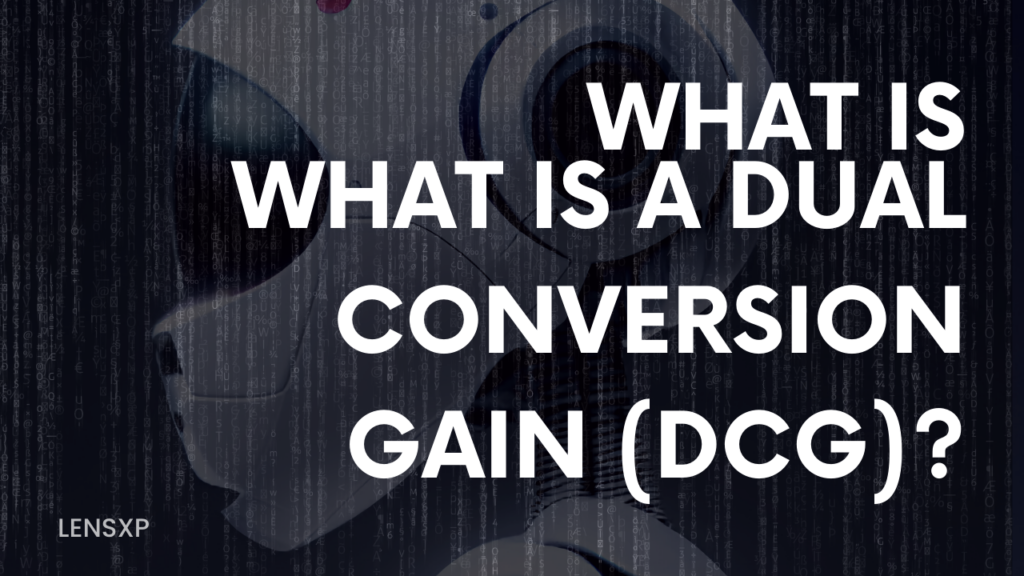What is a Dual conversion gain (DCG)? Which Sensors support it?
Dual conversion gain (DCG) is a technology used in CMOS image sensors to improve image quality in low-light conditions. It converts the light that hits the sensor into two signals, one with a high gain and one with a low gain. The high-gain signal is used to capture more light in low-light conditions, while the low-gain signal is used to capture more detail in high-light conditions. The two signals are combined to create a single image with improved quality.
DCG is a relatively new technology but has quickly become a standard feature in many high-end camera sensors. It is one of the most effective ways to improve image quality in low-light conditions, and it is a key factor in the ability of modern cameras to take stunning photos in even the darkest of environments.
Here are some of the benefits of dual conversion gain:
- Improved image quality in low-light conditions
- Reduced noise
- Increased dynamic range
- Improved color reproduction
- Reduced read noise
- Improved signal-to-noise ratio
Dual conversion gain (DCG) is a technology many modern CMOS image sensors support. Some of the sensors that support DCG include:
- Sony IMX686
- Samsung GW1
- OmniVision OV64B
- Samsung ISOCELL GN1
- Sony IMX766
- Sony IMX789
- OmniVision OV50A
- Samsung ISOCELL JN1
- Sony IMX586
- OmniVision OV48C
DCG is also supported by some hardware platforms, such as the Qualcomm Snapdragon 8 Gen 1 mobile platform. This platform includes a built-in image signal processor (ISP) that supports DCG, which allows smartphones that use the Snapdragon 8 Gen 1 platform to take better photos in low-light conditions.
Dual conversion gain is a powerful technology that can significantly improve the image quality of CMOS image sensors. It is a key factor in the ability of modern cameras to take stunning photos in even the darkest of environments.
Conclusion:
As DCG technology continues to advance, its widespread adoption is inevitable. This will allow a broader audience to capture stunning photos in low-light conditions, enriching visual storytelling.
